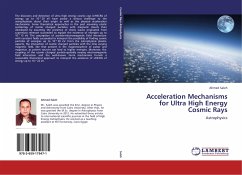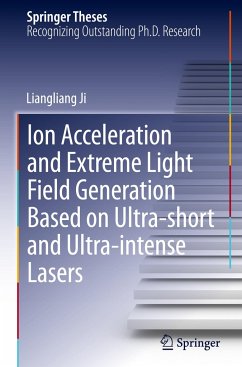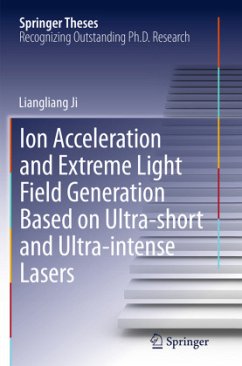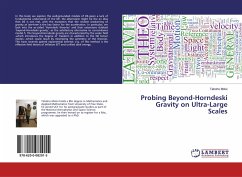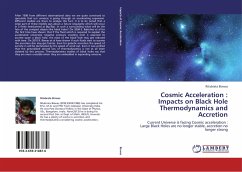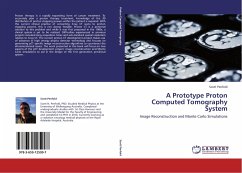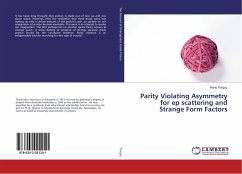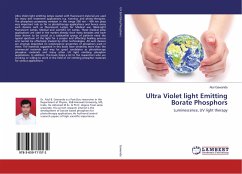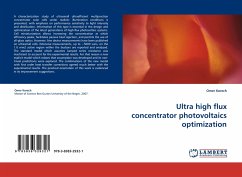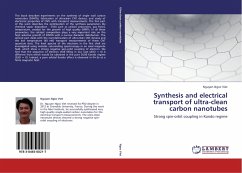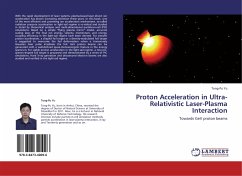
Proton Acceleration in Ultra-Relativistic Laser-Plasma Interaction
Towards GeV proton beams
Versandkostenfrei!
Versandfertig in 6-10 Tagen
32,99 €
inkl. MwSt.

PAYBACK Punkte
16 °P sammeln!
With the rapid development of laser systems, plasma-based laser-driven ion acceleration has drawn increasing attention these years. In this book, one of the most efficient and promising ion acceleration mechanisms, so-called radiation pressure acceleration or light-sail regime is re-visited and studied in detail by theoretical analysis and multi-dimensional particle-in-cell (PIC) simulations. Based on a simple "flying plasma mirror" model, accurate scaling laws of the final ion energy, velocity, momentum, and energy coupling efficiency in the light-sail regime have been derived. For smooth pro...
With the rapid development of laser systems, plasma-based laser-driven ion acceleration has drawn increasing attention these years. In this book, one of the most efficient and promising ion acceleration mechanisms, so-called radiation pressure acceleration or light-sail regime is re-visited and studied in detail by theoretical analysis and multi-dimensional particle-in-cell (PIC) simulations. Based on a simple "flying plasma mirror" model, accurate scaling laws of the final ion energy, velocity, momentum, and energy coupling efficiency in the light-sail regime have been derived. For smooth proton acceleration, a shaped foil target or a density-modulated foil target is suggested to overcome the foil deformation when a transversely Gaussian laser pulse irradiates the foil. GeV proton beams can be generated with a well-defined quasi-monoenergetic feature in the energy spectrum. For stable proton acceleration in the light-sail regime, a two-ion-species shaped foil target is proposed and demonstrated by a series of PIC simulations. Hard X-ray gernation and attosecond electron beams are also stuided and verified in the light-sail regime.



